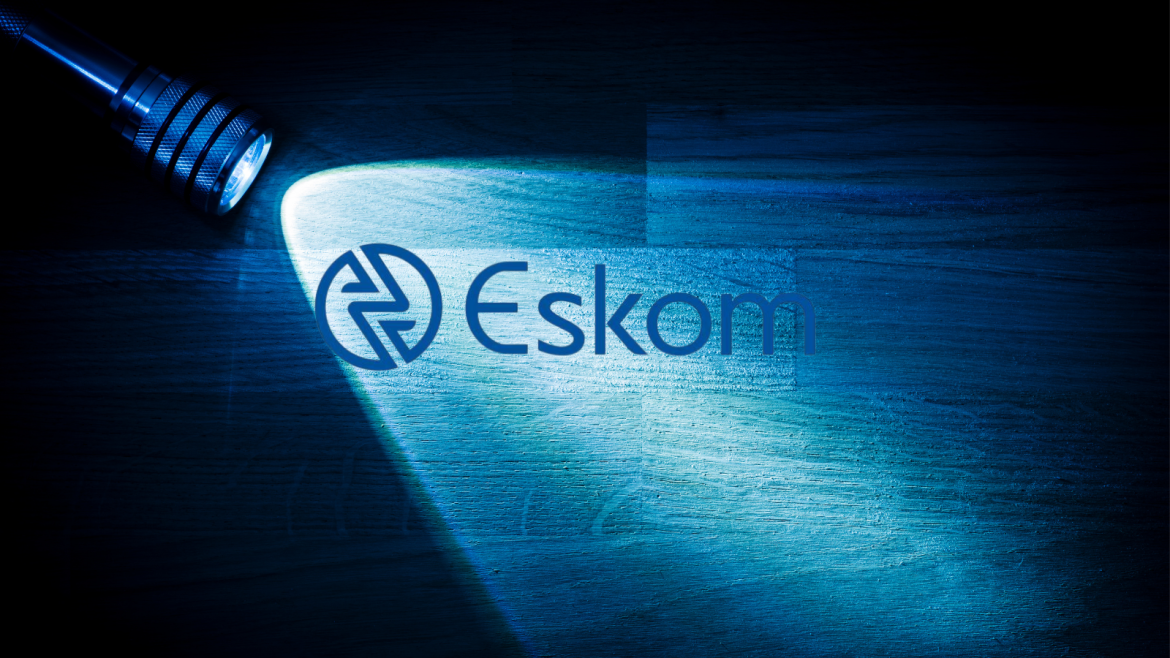A Financial Turning Point That Could Reshape South Africa’s Energy Future
For the first time in nearly a decade, Eskom has reported a full-year profit and declared it will pause all new borrowing until 2028. This marks a critical shift for South Africa’s power landscape, one that affects every home, business, and industry connected to the national grid.
Eskom’s financial recovery, after years of instability and state bailouts, signals the start of what could be a more self-reliant and disciplined era for the country’s electricity sector. But the big question remains: Can the utility sustain this progress without government bailouts and without reigniting power cuts or tariff hikes?
The Key Facts Eskom’s Financial Turnaround
Eskom’s latest annual results show a net profit before tax of R23.9 billion and a post-tax profit of R16 billion, ending an eight-year streak of losses. The company also reduced its debt by R84.5 billion, cutting it from R412 billion to about R372 billion.
This improvement comes after a series of strategic moves:
- Enhanced plant performance and reduced breakdowns.
- Tight cost controls and improved revenue collection.
- A modest tariff increase approved by the energy regulator (NERSA).
- A fuel levy refund and government-backed debt relief plan that stabilized the balance sheet.
Most significantly, Eskom announced it will not re-enter debt markets until 2028, choosing instead to operate within existing resources. This freeze represents a rare moment of restraint in a history marked by debt dependency.
What This Means for South Africans
1. A Pause on Bailouts and a New Era of Accountability
For years, Eskom relied heavily on government bailouts to cover operating losses. The latest move signals the “end of bailouts” and a push for financial independence.
This means Eskom must now survive on its own operational strength. While that’s good for taxpayers, it also places immense pressure on management to sustain reliability and efficiency without the comfort of state rescue funds.
2. Fewer Blackouts, but Caution Still Needed
Eskom’s improved performance has led to fewer load-shedding incidents in 2025 compared to previous years. For small businesses and households, this has brought temporary relief from costly backup power solutions.
However, power stability remains fragile. Eskom’s infrastructure is aging, and maintenance challenges could quickly reverse progress if not managed with precision.
3. The Tariff Balancing Act
Electricity prices remain a sensitive issue. Eskom’s financial rebound partly depends on regulated tariff increases. While NERSA approved a 12.7% tariff hike for 2025/26 lower than requested, further adjustments are likely as Eskom seeks long-term sustainability.
In simple terms: profits are up, but consumers may still face rising electricity costs.
The Hidden Risks Beneath the Recovery
Municipal Debt Crisis
South African municipalities collectively owe Eskom over R94 billion in unpaid bills. This remains one of the biggest threats to Eskom’s liquidity. Unless addressed, unpaid municipal debt could erode the utility’s gains and impact its ability to maintain and expand infrastructure.
Reliance on Temporary Gains
Some analysts note that Eskom’s profit was supported by once-off factors such as tax refunds, debt relief, and temporary efficiency boosts, not necessarily structural transformation. The real test will come when these financial cushions expire.
Operational Fragility
Despite improvement, Eskom’s power stations remain vulnerable to unexpected breakdowns. Sustaining the current performance will require consistent maintenance, investment in grid reliability, and skilled management not just accounting recovery.
Economic and Policy Implications
For Policymakers
The debt freeze challenges the government to accelerate energy sector reforms including private generation and renewable integration. Without continuous bailouts, Eskom must attract private-sector partnerships to upgrade transmission networks and diversify power sources.
For Businesses
Stable power supply translates to higher productivity and predictable costs. However, industries must still prepare for occasional disruptions as Eskom works through its maintenance backlog. Energy-intensive sectors like mining, manufacturing, and agriculture remain particularly exposed.
For Households
For ordinary citizens, the key takeaway is stability with caution. Power cuts may ease, but electricity prices could continue climbing. Consumers are also likely to see a gradual shift toward renewable integration, as Eskom collaborates with independent power producers (IPPs) to diversify supply.
The Road Ahead: What to Watch
- Municipal Payments:
Eskom’s financial health depends on whether local governments settle their arrears. Persistent defaults could undermine progress. - Tariff Adjustments:
Future NERSA decisions will balance Eskom’s sustainability with public affordability. - Operational Efficiency:
Eskom’s ability to maintain a higher Energy Availability Factor (EAF) will determine the frequency of load-shedding. - Debt Market Return (Post-2028):
Eskom’s performance over the next three years will shape investor confidence when it finally returns to capital markets.
Also read: Eskom Promises Power Stability in Summer Experts Warn It’s Not That Simple
FAQs
1. Why did Eskom freeze its debt markets until 2028?
Eskom froze its borrowing plans to stabilize its finances and reduce reliance on government bailouts. The utility wants to prove it can operate sustainably using existing resources and improved revenue collection before returning to the bond market in 2028.
2. Does Eskom’s profit mean load shedding is over?
Not yet. While Eskom’s improved generation and maintenance have reduced power cuts, the risk of load shedding remains if equipment fails or demand surges. Sustained reliability depends on continuous maintenance and proper management of the power grid.
3. How much debt has Eskom managed to reduce?
Eskom has cut its gross debt by R84.5 billion, bringing it down from R412 billion to R372 billion. The goal is to reach a sustainable debt level by 2028, supported by better efficiency, revenue collection, and debt-relief measures.
4. Will electricity prices in South Africa go down?
No, not in the short term. Electricity tariffs are expected to continue rising moderately as Eskom seeks to recover costs and maintain infrastructure. The National Energy Regulator (NERSA) granted a 12.7% tariff increase for 2025/26, and future hikes will depend on Eskom’s financial stability.
5. What happens if municipalities don’t pay their debts to Eskom?
Municipalities owe Eskom over R94 billion in unpaid bills. If this debt keeps growing, it could limit Eskom’s ability to fund maintenance and upgrade its systems, possibly leading to renewed load shedding or service interruptions.
6. How will this affect small businesses and industries?
Reduced load shedding means better productivity and fewer losses for small businesses and industries. However, rising electricity costs may still pressure operational budgets, especially for energy-intensive sectors like manufacturing and mining.
7. What role will renewable energy play in Eskom’s recovery?
Eskom plans to increase collaboration with independent power producers (IPPs) and integrate renewable sources like solar and wind into the national grid. This will help diversify supply, reduce dependence on coal, and improve long-term sustainability.
8. Is this truly the end of government bailouts for Eskom?
Yes at least in policy terms. The South African government has made it clear that Eskom must operate independently going forward. However, if major crises occur, limited support could still be considered to protect national electricity supply.
9. What can consumers expect between now and 2028?
Consumers can expect gradually improving reliability, fewer blackouts, and moderate tariff increases. If Eskom maintains discipline and manages its debt responsibly, the years leading to 2028 could mark a new era of stability in South Africa’s power sector.
10. What happens after 2028?
Eskom plans to return to debt markets in or after 2028 ideally as a financially stable and investor-ready utility. By then, the success of its debt-freeze strategy will be clear: either it will have achieved independence, or it will face renewed financial strain.


